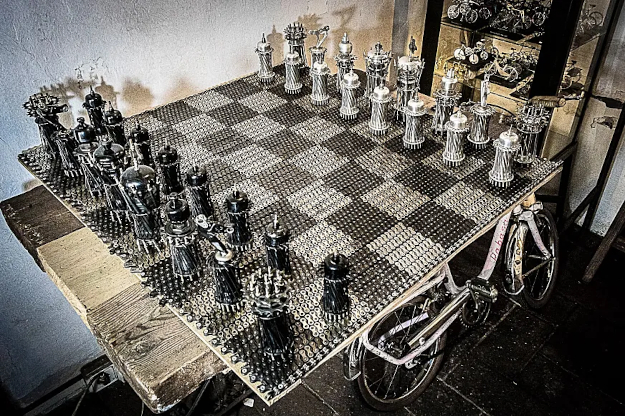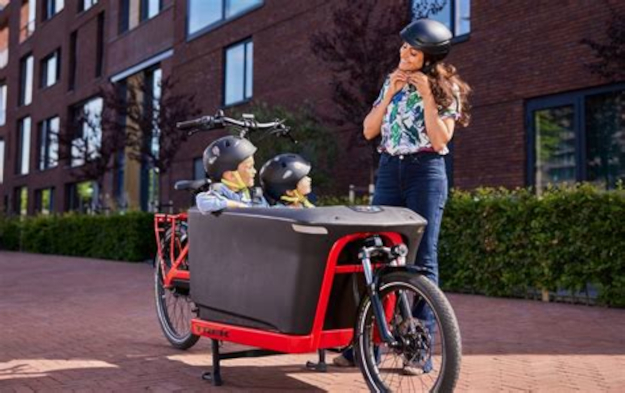Some times politicians promise new bike lines in political campaigns and after they win the elections, they mysteriously forget what have announced thus cheating on their voters. Cities inhabitants have two options: Make as nothing happened or fight for the promised bike lines. Regarding the second point, there is un action, the Cuentakilómetros (in Spanish) originally created in Málaga (Spain) and replicated for other cities. It consisted in using an interactive map with a progress bar in Google Maps in which one could see the evolution of bike lines being built.
The urban bike group Ruedas Redondas was upset about the promise that the mayor proposed in the political campaign (to double the number of bike lines kilometers in Málaga, from 45 to 90) and the lack of pieces of news on media about the new projects and on the streets. So, they created the Cuentakilómetros (the technological tool that I have commented) for every person to see how the evolution was. For this gentle way of showing reality, Ruedas Redondas only had to check media and public trading platforms for newness and update it. This way, cyclist could see the evolution of bike lines creation and confirm that it is impossible to trust on politicians who promote motor vehicles instead of bicycles under a climate change challenge. Smart people will remember the lack of such bike lines when voting again.

